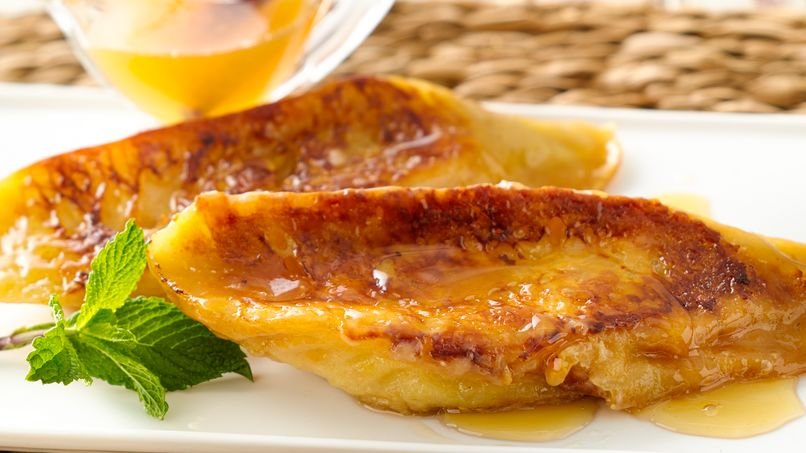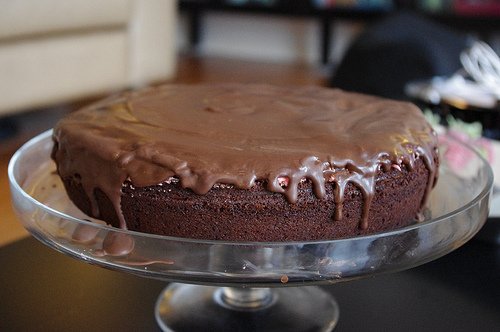In many regions of Mexico, there is a very common dessert, trejas, during Lent and Holy Week. Trejas are breads covered with eggs and dipped in delicious piloncillo sweets.
Although many consider it a traditional dish, this dessert, which is very popular among Mexicans, has European origins.
Around the 1300s, a French cook named Guillaume Tirrell wrote a similar recipe, but only he called it “golden toast.” These tostadas are prepared in the same way as traditional Mexican desserts, using beaten eggs, a hot skillet, and a little sugar. In some regions, it is also called French toast.
However, the popular trejas came to Mexico by the Spaniards, who imported this delicious dish to Mexico during the Conquest.
They had been preparing for Treha since the 1400s, especially during Holy Week. It is still not clear why this dessert was eaten at this time of year, but there is one theory about it.
According to this theory, people prepared desserts during Lent to make use of leftover bread (they couldn’t eat meat, so there was nothing to accompany it) ). However, there is also a theory that nuns started making treja before Easter to fill their bellies instead of meat.
Whatever the reason, the truth is that trejas have already become a traditional dish on the Mexican table.

material:
For syrup: (Maguey honey is often used instead of this syrup.)
- 1 cup piloncillo or brown sugar
- 1 1/2 cups water
- 2 cinnamon sticks
- 1 glass of rum or pisco (optional)
For Trejas:
- 1 loaf of bread (baguette type)
- 1 cup milk
- 3 eggs
- vegetable oil for frying
- mint leaves
Preparation:
To make the syrup, combine sugar, water, and cinnamon in a small saucepan. Bring to a boil over medium heat, reduce heat slightly and simmer until foam thickens slightly, about 10 minutes. Remove from heat and add rum or pisco (optional).
The syrup must be at room temperature to soak the trejas.
Trejas: Cut the bread into approximately 2cm slices. thick. Place it in a container of milk and let it soak up some of the milk, then turn it over once so both sides are moist. Make sure it doesn’t get soggy or mushy.
In a separate bowl, beat the eggs until very frothy.
Heat vegetable oil in a frying pan.
Dip the bread into the beaten egg so that it is completely submerged. Fry in hot oil and flip when golden brown.
Remove from the frying pan and place on a plate lined with absorbent kitchen paper to drain excess oil. Pour into a plate or tray and pour off all the syrup. Let stand at room temperature until ready to eat.
Serve the trejas with plenty of syrup.
tips – Use bread from the previous day or half-stale bread to prevent the treja from falling apart.



